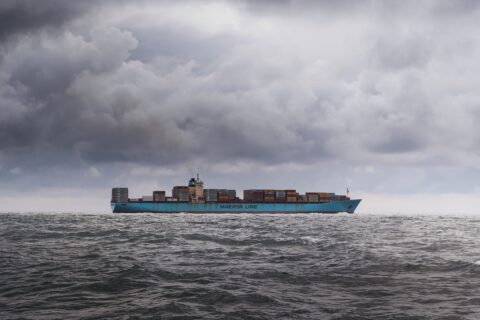
The distinction between entering and exiting, between providing and obtaining, between in and out, is common knowledge to you (though you’re not familiar with the concept of pushing while encountering a ‘Pull’ sign). The terms ‘inbound’ and ‘outbound’ have separate definitions in different industries, but in the logistics world they denote the process of receiving and sending. You know the difference between ‘inbound’ and ‘outbound’ well (except when you try to push when encountering a ‘Pull’ sign). A business may restock its best-selling products for the holiday season, introduce new items for sale, and even handle returns if it has a sound inbound process. On the outbound side, you can ship packages to customers and other stakeholders on time. The completion and delivery of goods in a supply chain requires both inbound and outbound logistics working in harmony. We will now outline how to achieve this.
What are inbound and outbound logistics?
Inbound and outbound logistics are two of the main processes of retail supply chains that move goods from place to place. The two processes have a lot in common and both involve transport of goods from one place to another. They are, however, distinct in nature and focus. The supply function of inbound logistics deals with the supply of goods and the demand function of outbound logistics deals with the demand for those goods.
Inbound logistics
Inbound logistics are concerned with moving raw materials, supplies, or finished goods into a supply chain. To secure its supply—that is, to obtain the items (or the materials to make them) that it will eventually sell—a company uses inbound logistics. Inbound logistics include all aspects of logistics that move raw materials, inventory, or supplies from a supplier to a company’s storage facility, distribution centre, fulfilment centre, or retail store.
Outbound logistics
Outbound logistics are all about moving finished inventory out of storage, fulfilling orders, and delivering them to customers. Any logistics process related to order confirmation, fulfillment (including picking and packaging), shipping, last-mile delivery, customer service, and troubleshooting qualifies as an outbound process.
What is the difference between inbound and outbound logistics?
There are two different reasons for inbound and outbound logistics. An inbound logistics process aims to ensure that a business can receive supply, while an outbound logistics process aims to ensure that customers receive the product they desire. Logistics processes also deliver different products to different parties. Inbound logistics processes move inventory, raw materials, or supplies from a supplier to a business; outbound logistics, on the other hand, move finished products from a business to a customer or user.
ProConnect Integrated Logistics for your Business
ProConnect is a third party logistics company incorporated in 2015 to capture the Middle Eastern 3PL market with prime focus on achieving optimal efficiency and customer satisfaction.
Be it large volumes of cargo, or just a few kilos; be it air, sea or road freight – businesses across the world have entrusted their freight shipping to us. Our expertise over the years has helped many businesses grow across boundaries.
In addition to shipping, we also undertake last mile delivery, warehousing, customs clearance, import and export trade help that you may have along with offering you value-added services.
If you are looking for a partner to take care of all your logistics hassles, talk to us today.





 APP DOWNLOAD
APP DOWNLOAD